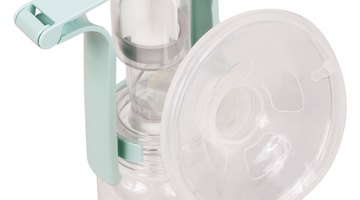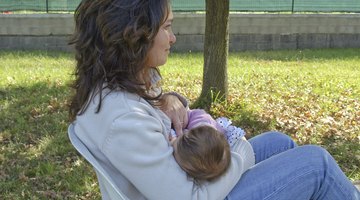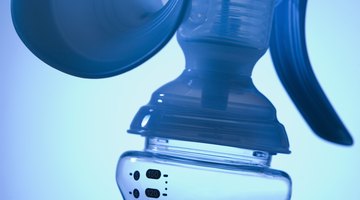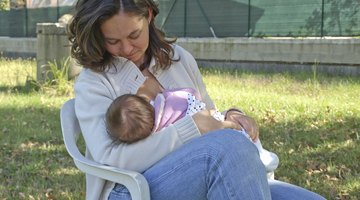Lump in My Areola When Breastfeeding
Breast problems are common during lactation and occur at one time or another in most breastfeeding women.
Most lumps that develop in the areola go away without medical intervention and do not interrupt the breastfeeding relationship. However, lumps that grow or do not go away within a few days require medical evaluation.
Causes
Plugged milk ducts and engorgement are common causes of lumps in breasts and areolas of breastfeeding women. A plug may develop in one of the openings in the nipple where the milk is ejected. As milk builds up behind the plug, a galactocele forms, which feels like a tender lump in the areola. The tenderness often spreads into the body of the affected breast.
If left untreated, a plugged milk duct may develop into a breast abscess, which looks like a boil on your areola or body of your breast and contains pus. A lump in the areola may result from a benign fibroadenoma or a malignant tumor.
Treatments
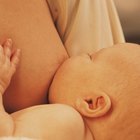
Warm Breasts & Tender Nipples While Breastfeeding
Learn More
Massage your breast and areola just before nursing and apply a warm compress to your breast to help loosen the plug. Lumps in your areola that remain after a few days require evaluation by your doctor. To treat a breast abscess, your gynecologist drains the pus with a needle. If the abscess is large or deeper within the areola or breast tissue, surgical drainage using anesthesia is sometimes necessary, according to Ask Dr. Sears website, which was started by pediatricians Martha and William Sears. If your doctor suspects a tumor in your areola, he will take tissue samples by biopsy or surgically excise the lump.
Prevention
Regularly emptying your breasts by either breastfeeding or expressing your milk prevents most lumps in the areola that result from engorgement and galactoceles, according to the University of Iowa Health Center website.
Avoid weaning your baby or stopping use of a breast pump because this leads to engorgement and the development of plugged ducts. Conduct monthly breast self-exams and report to your gynecologist any lump that does not go away, increases in size or becomes more painful.
Considerations

Causes of Shooting Breast Pain When Breastfeeding
Learn More
The milk in the affected breast sometimes takes on a salty flavor, which some babies do not like.
If your baby refuses to nurse on the affected breast, nurse him on the other one and express milk from the affected side. If the lump in your areola is due to an abscess, your doctor might advise against nursing from that breast until the infection clears.
In the meantime, nurse from the healthy breast more frequently and use a pump or hand expression to empty the breast with the abscess. Check with your physician and pharmacist to ensure the antibiotic prescribed to treat your infection is safe for lactating mothers.


